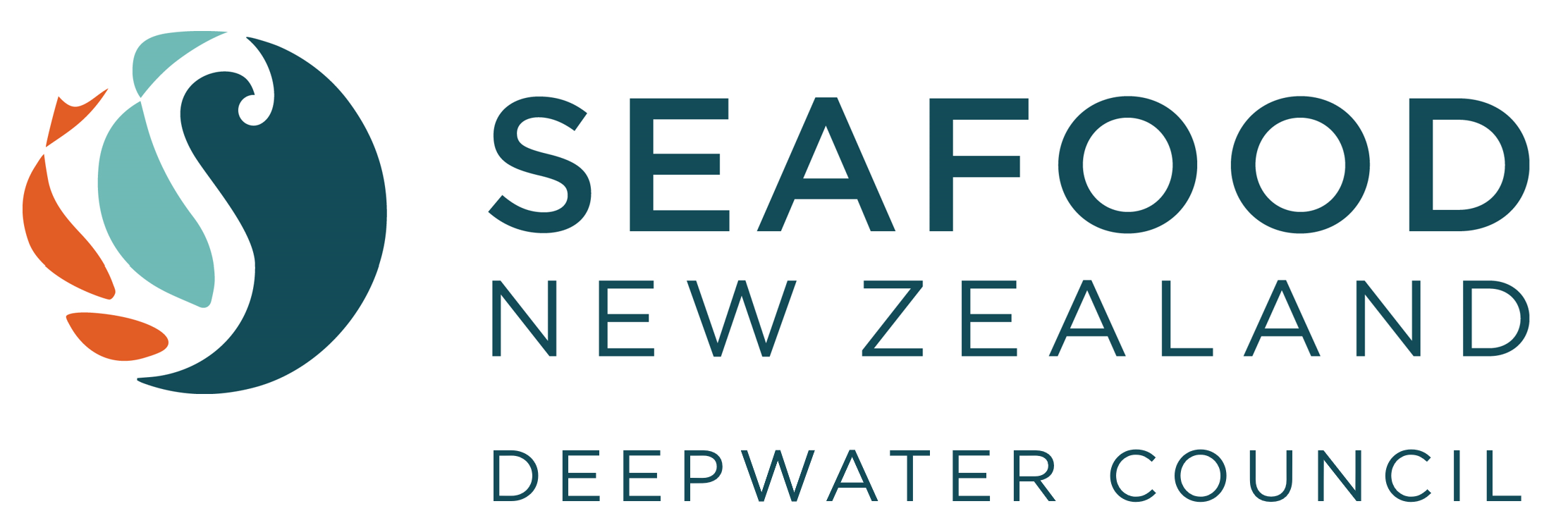Southern Blue Whiting MSC Second Surveillance Audit 2014
SBW6B, SBW6I & SBW6R are currently certified sustainable through the Marine Stewardship Council fisheries standard.
DWG undertakes to make all non-confidential information that is provided to the Conformance Assessment Body publicly available on this webpage to ensure all documents are easily accessible by all participants.
Principle 1
"A fishery must be conducted in a manner that does not lead to over-fishing or depletion of the exploited populations and, for those populations that are depleted, the fishery must be conducted in a manner that demonstrably leads to their recovery."
The intent of this principle is to ensure that the productive capacities of the resources are maintained at high levels and are not sacrificed in favour of short term interests.
Principle 2
"Fishing operations should allow for the maintenance of the structure, productivity, function and diversity of the ecosystem (including habitat and associated dependent and ecologically related species) on which the fishery depends."
The intent of this principle is to encourage management of fisheries from an ecosystem perspective under a system designed to restrain the impacts of the fishery on the ecosystem.
New Zealand Aquatic Environment and Biodiversity Report No 80 (Part 1)(Part 2) (Part 3)
Abraham & Thompson (2011) Estimated capture of seabirds in New Zealand trawl and longline fisheries (2002-03 to 2008-09). New Zealand Aquatic Environment and Biodiversity Report No 79
Black et al. (2013). Monitoring New Zealand’s trawl footprint for deepwater fisheries: 1989–1990 to 2009–2010. New Zealand Aquatic Environment and Biodiversity Report No. 110. 57 p.
Black (2014) Analysis of New Zealand’s Trawl Grounds for New Zealand Southern Blue Whiting Fisheries 2011-12.
DWG (2012) Operational Procedures Marine Mammals Operational Procedures. Version 7 [10 Commandments Marine Mammals] DWG (2013) Meeting Notes. SBW6I Vessel Operators Meeting on Sealion Interactions. 10 Oct 2013
DWG (2014) Estimation of Safe Limits for Sea Lion Mortalities in the SBW6I Fishery
DWG (2014) Minutes. ORH & SBW Consultation Meeting. 21 Jan 2014
DWG (2014) Plan for Management of New Zealand sea lion interactions in SBW6I
DWG (2014) SBW Catch and TACC Information
MPI (2014) Final Advice Paper on the Sustainability Measures for Southern Blue Whiting (SBW6I)
MPI (2014) National Plan of Action for the Conservation and Management of Sharks (NPOA Sharks). 36 p
MPI (2013) Action Points from Deepwater EEF - 16 Dec 2013
MPI (2013) Aquatic Environment and Biodiversity Annual Review (AEBAR 2013). 540 p.
MPI (2013) National Plan of Action to reduce incidental catch of Seabirds (NPOA Seabirds). 63 p
MPI (2013) New Zealand sea lion interactions in SBW6I. Presentation for Deepwater EEF
Richard & Abraham (2013). Application of Potential Biological Removal methods to seabird populations. New Zealand Aquatic Environment and Biodiversity Report No. 108. 30p.
Richard & Abraham (2013). Risk of commercial fisheries to New Zealand seabird populations. New Zealand Aquatic Environment and Biodiversity Report No. 109. 58p. [Supplementary]
Roberts (2014) PBR assessment for the Campbell Island population of New Zealand sea lions. Final Draft Client Report. 26 p
Principle 3
"The fishery is subject to an effective management system that respects local, national and international laws and standards and incorporates institutional and operational frameworks that require use of the resource to be responsible and sustainable."
The intent of this principle is to ensure that there is an institutional and operational framework for implementing Principles 1 and 2, appropriate to the size and scare of the fishery.
public certification report
You can read the final public certification report here.
